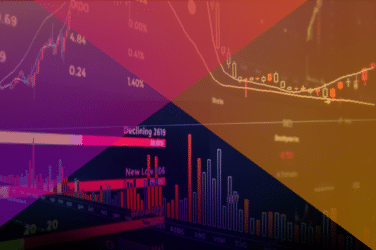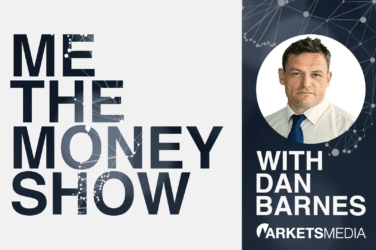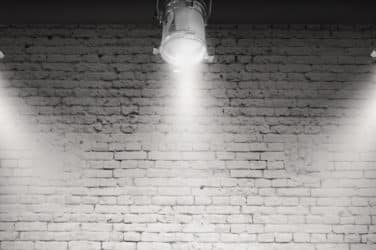In their never-ending search for liquidity in equities, buy-side traders are getting a new tool specifically designed to hunt down new sources of securities with a new tool from bulge bracket broker Deutsche Bank. The new tool also helps institutional traders assess the usage of their algorithms and how to adjust their trading strategies to maximize efficiency and minimize slippage and adverse price selection.
As part of the bank’s new trading philosophy dubbed “Execution Excellence,” Brian Fagen, Head of Execution Strategy, Equities told Markets Media in an interview that the buy-side trader often cannot see the entire liquidity picture for stocks given the current U.S. market structure. And Fagen’s mission is to help traders see a better picture.
“The buy side is under tremendous pressure to find liquidity, generate alpha and utilize a data driven approach to trading and wants to use its tools better,” Fagen said. “And we want to help provide the buy-side with measurable and repeatable value and best execution.”
He explained that while most people view trading and liquidity in terms as either being on an exchange or in a dark pool, there is another place liquidity can be found.
And that place is in the retail and wholesale markets – controlled by the large order flow aggregators such as Citadel or TD Ameritrade. Fagen calls it “inaccessible liquidity” – liquidity that doesn’t readily show up on a trader’s radar as it was often outside anyone’s ability to see and access.
Until now. The bank has rolled out a new liquidity sourcing and venue analysis tool – Liquidity Dashboard – designed specifically to measure and find this inaccessible liquidity.
Inaccessible liquidity, as Fagen sees it, constitutes almost 20% of market volume that is not in the dark pools or registered ATS. In comparison, Deutsche Bank reports that 65% of market liquidity rests on the exchanges and 15% in dark pools.
So how does Liquidity Dashboard work, exactly?
It all starts with the buy-side trader’s order – usually sent to the broker with an aggression level or percentage of volume specified, according to Jennifer Hadiaris, Head of US Market Structure, Equities. As she explained, the order comes into Deutsche Bank’s trading desk – either low-touch, high-touch or program – and the bank’s traders input the order into Liquidity Dashboard. Then the system delivers a set of analytics, including dark vs. lit volume, inaccessible liquidity, displayed vs. non displayed liquidity on exchanges, and differentiated liquidity in dark pools. The actionable report is available within seconds, and the institutional trader can use the info to source liquidity and improve execution quality.
“We’re taking market microstructure statistics and advising the buy-side how a particular stock trades and where,” Hadiaris said. “The system paints a picture for the trader on how to trade most efficiently.”
And that is important as the better a picture a trader has of the total liquidity available, then he can make the best trading decision. As Hadiaris said, “the rate of inaccessible liquidity in a single stock can have a significant effect on trading impact and costs.”
Armed with this more complete liquidity picture, the buy-side can more precisely target his algorithms or others means to trade and execute without alerting the market of his intentions, while the market as a whole becomes more transparent.
While Liquidity Dashboard is available to U.S. clients only via Deutsche’s trading desk, Fagen said that in the future Liquidity Dashboard could be expanded to other global trading markets and integrated into third party order and execution management systems.
“Our goal here is to prove we as a execution partner can add value, scale it, repeat it, quantify it and prove it,” Fagen said. “Liquidity Dashboard is part of this holistic trading approach.”
More on Liquidity:
- Nasdaq’s Canadian Dark Pool Nears Launch
- Tick Size Pilot Running Smoothly, Brokers Say
- OPINION: Liquidity Risk Rule Leads to Systemic Risk





